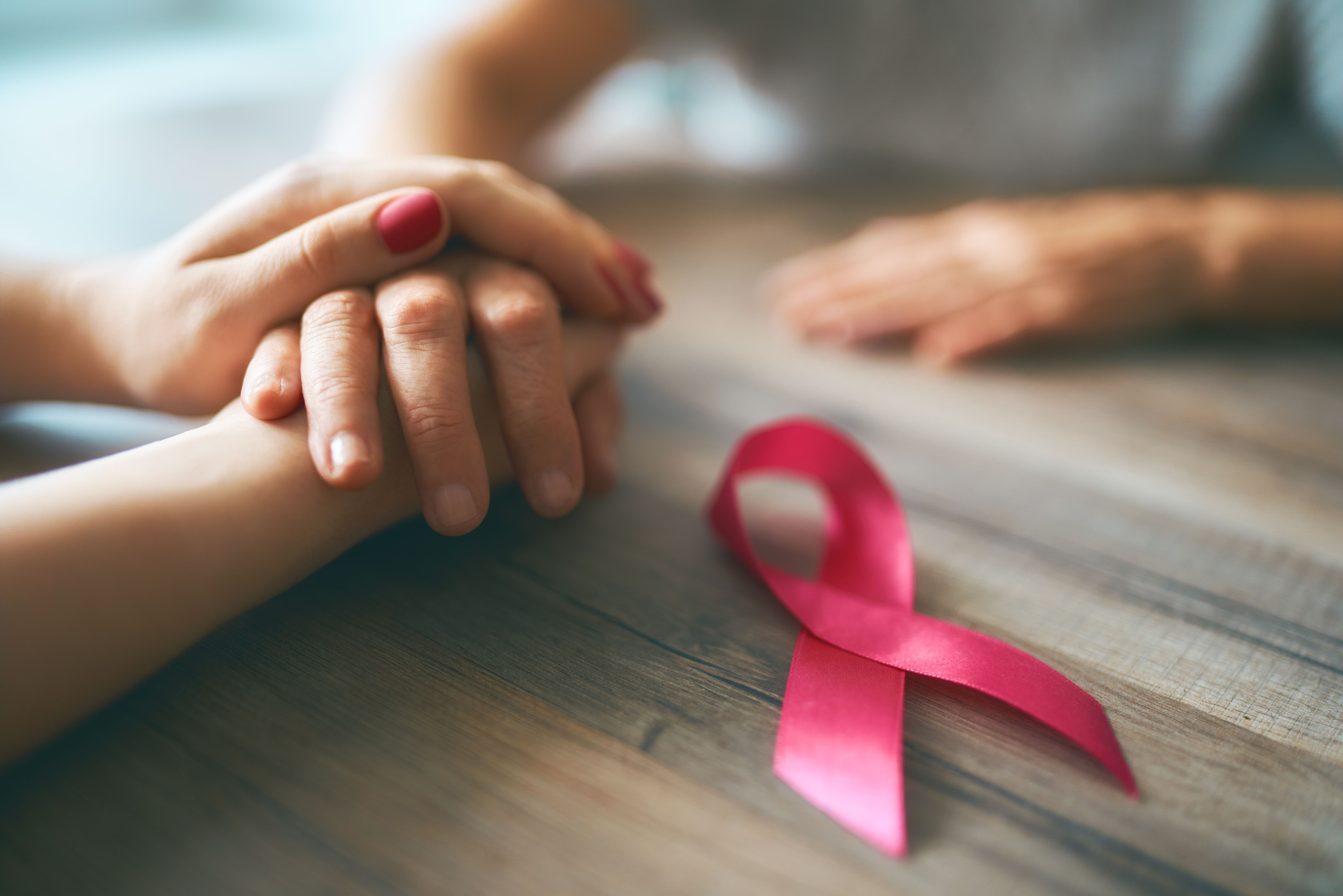Image credit: Konstantin Yuganov | stock.adobe.com

The prognosis of breast cancer can be assessed through imaging, and because of its convenience and non-invasiveness, ultrasounds have become the most common diagnosis and screening method. Nomograms can predict the survival outcome of breast cancer and can provide additional value for individualized diagnosis and treatment. To assist with clinical prediction of disease recurrence, the authors of a Cancer Medicine study use investigational nomograms for hormone receptor (HR)-negative (HR-)/HER2-positive (HER2+) and HR+/HER2+ breast cancers that identify recurrence-related ultrasound and clinicopathological characteristics.
For this study, 570 patients diagnosed with either HR-/HER2+ or HR+/HER2+ breast cancer between January 2012 and December 2013 who received treatment at the Second Affiliated Hospital of Harbin Medical University and Harbin Medical University Cancer Hospital were retrospectively enrolled in either training or validation cohorts. The investigators randomly selected and assigned 80% of patients from the HR-/HER2+ and HR+/HER2+ patients to the training cohort and the remaining 20% of patients to the external validation cohort. Patients who had HR-/HER+ breast cancer (n = 224) were separately analyzed from patients who had HR+/HER2+ (n = 346).
Clinical information on age, menstrual history, lactation history, family history, and surgery type were collected through review of medical records. Prior to treatment, pathological information related to tumor size, histological grade, axillary nodal status, and status (eg, ER, HER2, P53, CK 5/6) were extracted from biopsy reports. Patients were followed up through either outpatient reviews or contacts via telephone every 1 to 3 months in the first 2 years, and then every 6 months after. Locoregional recurrence or distant metastasis was diagnosed through pathological examinations and imaging. Recurrence-free survival (RFS) was the end point, and it was calculated from the initial treatment date until the occurrence of disease progression, death, or the most recent follow-up date.
Key Takeaways
- Nomograms Predict Recurrence in HER2+ Breast Cancers: Two nomograms were developed in the study to assess the recurrence risk in patients, with predictive accuracy showing promising results for both HR-/HER2+ and HR+/HER2+ breast cancers, as demonstrated by C-index scores. In a training cohort, C-index scores were 0.740 and 0.749 for patients with HR-/HER2+ and HR+/HER2+ breast cancers, respectively, and in a validation cohort, C-index scores were 0.708 and 0.705 for HR-/HER2+ and HR+/HER2+, respectively.
- Key Ultrasound and Clinicopathological Characteristics: For HR-/HER2+ patients, axillary lymph node involvement, calcification, and lower Adler degree on ultrasound were significant predictors of recurrence, and in HR+/HER2+ patients, factors including axillary lymph node involvement, higher histological grade, and lack of echogenic halo were associated with an increased recurrence risk.
- Further Studies Require Larger Cohorts: Although the models showed strong predictive ability, the authors note there were limitations due to the small, retrospective cohort from only s institutions, suggesting that future research should expand to more diverse populations to enhance generalizability and confirm results.
According to the findings, in terms of clinicopathology, 10 characteristics had shown significant differences between HR-/HER2+ and HR+/HER2+ groups, except for 4. Similarly, significant differences in 8 characteristics except for orientation and internal echo were shown in ultrasound. All patients were followed up from 6 to 60 months (median: 36 months) and among the total population (N = 570), 475 patients (83.3%) did not experience recurrence. Of the patients who did have recurrence (n = 95), 44 cases were HR-/HER2+ and 51 were HR+/HER2+.
Further, 2 nomograms were developed to assess the risk of recurrence in patients with HR-/HER2+ and HR+/HER2+ breast cancer, respectively. The HR-/HER2+ nomogram found that the probability of recurrence will be higher in patients with axillary lymph node involvement, ultrasound images showing calcification, and lower Adler degree. For the HR+/HER2+ group, the risk of recurrence will be higher in patients with axillary lymph node involvement, higher histological grade, and no echogenic halo on ultrasound images.
The predictive accuracy of the models was evaluated through the C-index, and in the training cohort, the C-index of the nomogram was 0.740 (95% CI: 0.667-0.811) for patients with HR-/HER2+, and 0.749 (95% CI: 0.679-0.820) for patients with HR+/HER2+. In addition, in the validation cohort, the C-index was 0.708 (95% CI: 0.540-0.877) for HR-/HER2+ group, and 0.705 (95% CI: 0.557-0.853) for HR+/HER2+ group. Further, the study investigators also note that the high-quality calibration curves in both the HR-/HER2+ and HR+/HER2+ nomograms were evaluated and considered “excellent” in both internal and external validation.
Potential limitations of the study include its retrospective design resulting in selection bias, the relatively small sample size, and the patients were recruited from only 2 institutions. The authors suggest that future research should include patients from other institutions and diverse regions to improve the model and its applicability as well as confirm findings.
REFERENCE
Zhang X, Kong H, Liu X, et al. Nomograms for predicting recurrence of HER2-positive breast cancer with different HR status based on ultrasound and clinicopathological characteristics. Cancer Med. 2024;13:e70146. doi:10.1002/cam4.70146
This article was originally published by a www.pharmacytimes.com . Read the Original article here. .


